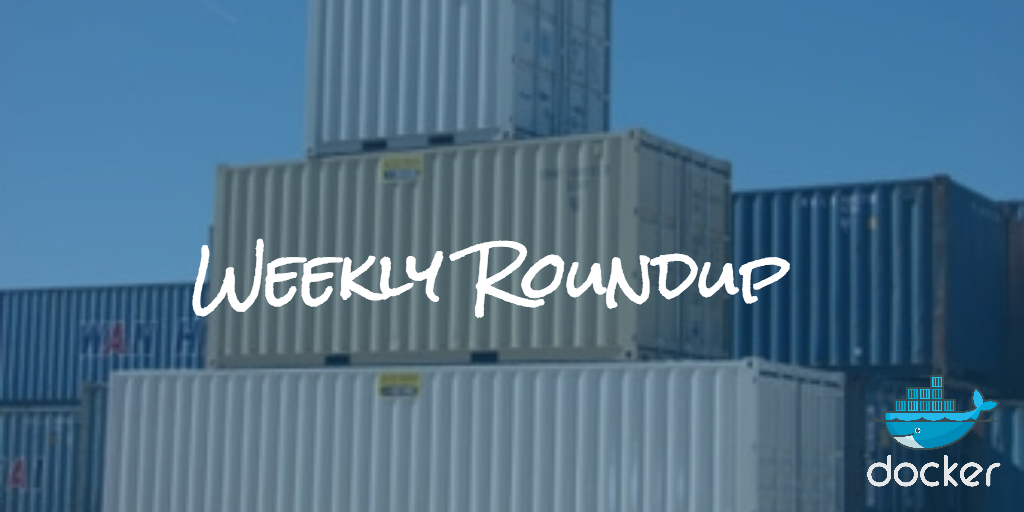Azure N-Series preview availability
Today we’re delighted to announce that Azure N-Series Virtual Machines, the fastest GPUs in the public cloud, are now available in preview. N-Series instances are enabled with NVIDIA’s cutting edge GPUs to allow you to run GPU-accelerated workloads and visualize them. These powerful sizes come with the agility you have come to expect from Azure, paying per-minute of usage.
Our N-Series VMs are split into two categories. With the NC-Series (compute-focused GPUs), you will be able to run compute intensive HPC workloads using CUDA or OpenCL. This SKU is powered by Tesla K80 GPUs and offers the fastest computational GPU available in the public cloud. Furthermore, unlike other providers, these new SKUs expose the GPUs through discreet device assignment (DDA) which results in close to bare-metal performance. You can now crunch through data much faster with CUDA across many scenarios including energy exploration applications, crash simulations, ray traced rendering, deep learning and more. The Tesla K80 delivers 4992 CUDA cores with a dual-GPU design, up to 2.91 Teraflops of double-precision and up to 8.93 Teraflops of single-precision performance. Following are the Tesla K80 GPU sizes available:
NC6
NC12
NC24
Cores
6
(E5-2690v3)
12
(E5-2690v3)
24
(E5-2690v3)
GPU
1 x K80 GPU (1/2 Physical Card)
2 x K80 GPU (1 Physical Card)
4 x K80 GPU (2 Physical Cards)
Memory
56 GB
112 GB
224 GB
Disk
380 GB SSD
680 GB SSD
1.44 TB SSD
In addition to the NC-Series, focused on compute, the NV-Series is focused more on visualization. Data movement has traditionally been a challenge with HPC scenarios using large datasets produced in the cloud. With the Azure NV-Series, you’ll be able to use Tesla M60 GPUs and NVIDIA GRID in Azure for desktop accelerated applications and virtual desktops. With these powerful visualization GPUs in Azure, you will be able to visualize graphic-intensive workflows to get superior graphics capability and run single precision workloads such as encoding and rendering. The Tesla M60 delivers 4096 CUDA cores in a dual-GPU design with up to 36 streams of 1080p H.264. Following are the Tesla M60 GPU Sizes available:
NV6
NV12
NV24
Cores
6
(E5-2690v3)
12
(E5-2690v3)
24
(E5-2690v3)
GPU
1 x M60 GPU (1/2 Physical Card)
2 x M60 GPU (1 Physical Card)
4 x M60 GPU (2 Physical Cards)
Memory
56 GB
112 GB
224 GB
Disk
380 GB SSD
680 GB SSD
1.44 TB SSD
We’ve partnered with NVIDIA to deliver these capabilities in Azure including making sure the virtual machines are optimized to deliver the highest possible performance.
“Azure N-Series now makes GPU computing accessible for modern day Da Vincis, Curies and Einsteins to solve the world’s hardest problems. With over 400 industry applications accelerated by NVIDIA GPUs, Microsoft and NVIDIA are serving the world's most demanding users and powering amazing experiences in simulation, artificial intelligence, professional visualization.” – Ian Buck, VP of accelerated computing, NVIDIA
This preview offers the first public cloud support for this bleeding edge of specialized hardware. One of our release partners Teradici has been validating their PCoIP technology on these instances with fantastic results. In fact, with this preview, you will be able to utilize Teradici’s cutting edge protocol for VDI type scenarios including running desktop accelerated applications such as AutoCAD and Adobe Premier Pro.
“We’re thrilled that Microsoft has chosen our trusted, industry-leading Teradici PCoIP technology for its new N-Series instances in the Azure cloud,” said Dan Cordingley, CEO, Teradici. “The combination of PCoIP and Azure N-Series VMs is a winning formula that’s been optimized to deliver flawless user experiences from the cloud, complete with lossless imaging and 100 percent color accuracy. Now, as the visualization layer for Azure N-Series, PCoIP is helping customers further their digital transformation by enabling unprecedented collaboration on cloud datasets and graphically rich applications across multiple geographic regions, complete with the battle-hardened security of a fully encrypted pixel stream.”
Additionally, the technology will enable you to visualize your simulations in real time on Azure including having the ability to modify models and simulate them real time in Azure. This really closes the loop on “true HPC in the cloud” and allows customers to run their entire infrastructure and pipeline in Azure.
We’ve been working with various early adopters including BAFTA and Emmy award-winning studio in London Jellyfish Pictures. They have over 100 artists in London and additional artists across various geographies. They currently face a couple of challenges like remote artists having access to desktop accelerated applications whenever they’re not in the studio. Additionally, they’re currently rendering on CPU based virtual machines in Azure but with 4K and 8K on the horizon they have the need to render using GPU based rendering engines to not only cut their rendering times multiple fold but also get better results.
With Azure N-Series Jellyfish Picture’s artists are able to utilize the NV instances to run GPU and GRID accelerated applications such as Autodesk Maya. In addition, they’re able to speed up their rendering times by five times, utilizing the NC instances for CUDA based ray-tracing engines such as Octane and Redshift. This allows the studio to be more efficient and productive by focusing on their business value, which is producing and delivering cutting edge visual effects and simulations.
“By using Azure, we can scale dynamically to our production needs on demand. When using our on-premise we can run in a seamless hybrid model allowing us to fill in the gap when our current infrastructure isn’t sufficient. What makes this a really exciting offering is that this applies to both CPU and GPU based solutions. The result is that production deadlines are met without ever over provisioning.” – Jeremy Smith, CTO, Jellyfish Pictures
These customer scenarios are exactly what we hope to solve with this new offering. The preview will start in South Central region initially and will expand to additional regions in the next couple of months as we approach General Availability before the end of the year.
We encourage you to register your interest in the preview. To learn more about the technology and use cases for N-Series, check out our recent Channel 9 video. Pricing information can be found on the Virtual Machines pricing page.
We’re extremely excited to get our newest member of virtual machines in your hands and cannot wait to see what new use cases and scenarios they’re able to solve with GPUs in Azure.
Quelle: Azure




